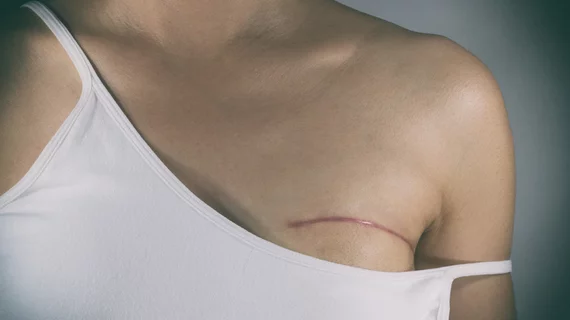Scientists developing new ultrasound method of detecting early breast cancer
Engineers with two Midwest academic institutions have scored a grant from Health and Human Services to develop a new method of detecting breast cancer that could have a “profound” impact on diagnostics.
While mammography is the current gold standard for diagnosing breast cancer, it can sometimes miss subtler forms that can occur in young women with dense breast tissue. To address this, scientists from the University of Illinois at Urbana-Champaign and Wayne State are working to create a new imaging method using ultrasound instead of x-ray, which they believe could vastly improve early detection.
“Some small early stage cancers especially in younger women are difficult to detect in such images so the industry understands the need for improvement,” Mark Anastasio, head of the department of bioengineering at Illinois and principal investigator on the project, said in a statement. “Not only is [this new method] safer because it doesn’t involve ionizing radiation, it is more sensitive to certain tissue properties that will make it easier to detect subtle breast cancers,” he added.
Neb Duric, a leader in ultrasound imaging research from Wayne State, has already pioneered the method, but final resolutions are not yet clear enough, they noted. They’re using an ROI grant from HHS to hopefully sharpen the images, leading to eventual commercialization of the tool.
The two chose to focus on breast cancer specifically because of its prevalence, and its location on the body, making it easier for the ultrasound tomography to reach. Thicker parts of the body, such as the abdomen, would be tougher “because the ultrasound would be more attenuated and more scattered,” Anastasio noted.
They’ll spend the next four years modeling the interaction of the ultrasound’s energy with breast tissue, determining how the imaging system responds. When they get to a point where images are adequately clear, Duric and Anastasio plan to work with radiologists to further refine the image reconstruction methods and maximize its clinical utility.
In addition to improving tumor detection, they hope the technology will also help to evaluate risks for developing cancer, such as detecting biomarkers and evaluating how patients respond to certain therapies, according to the announcement.

